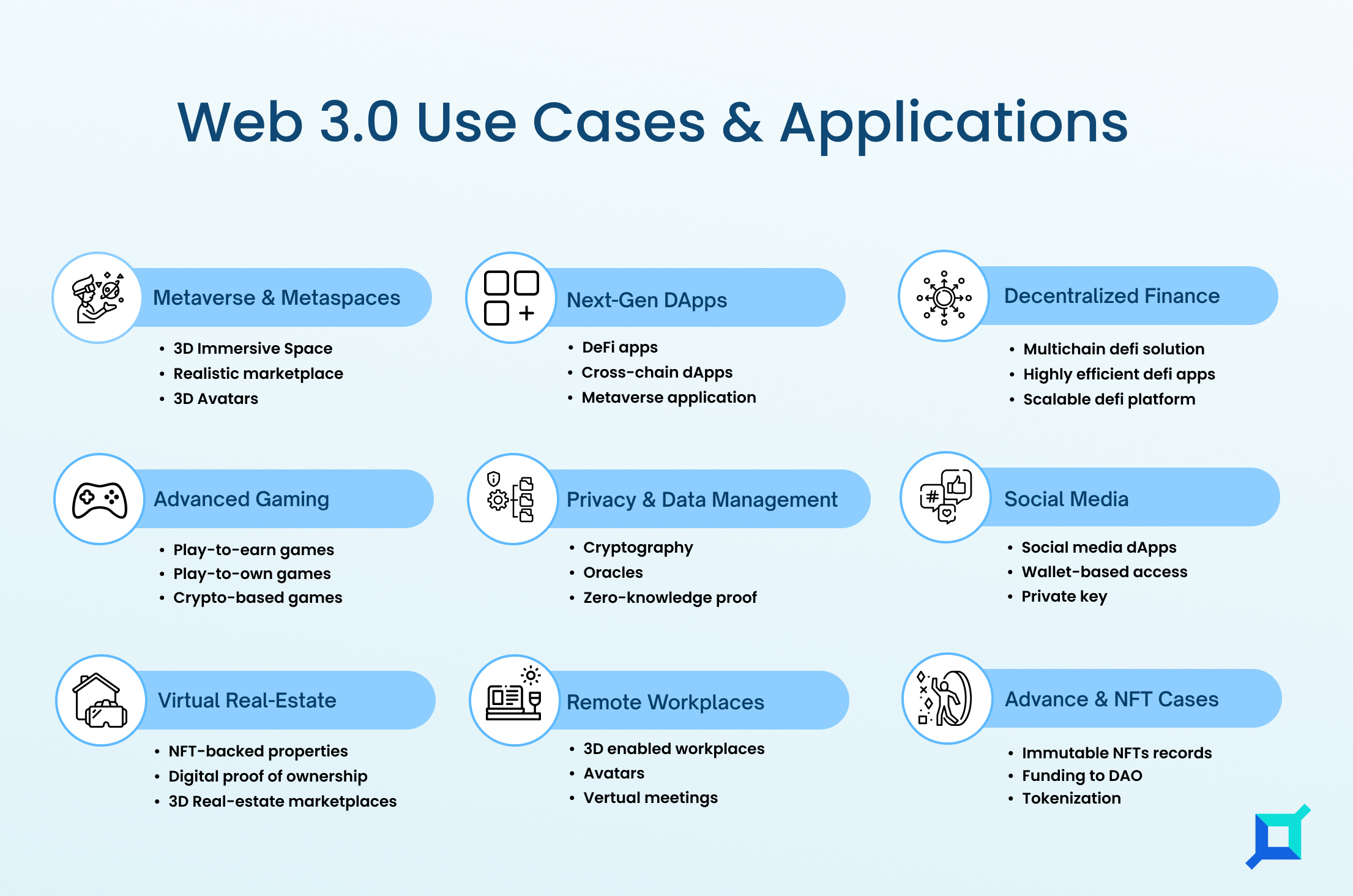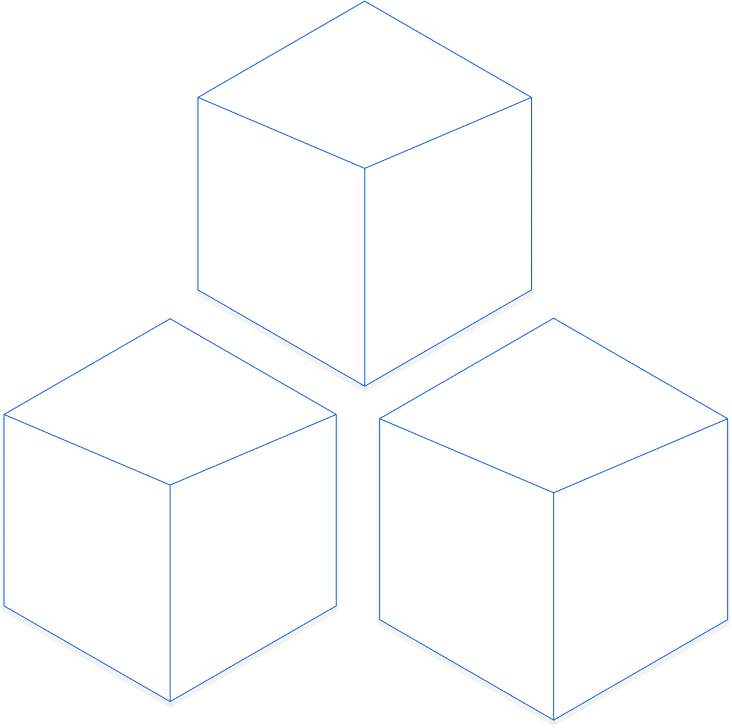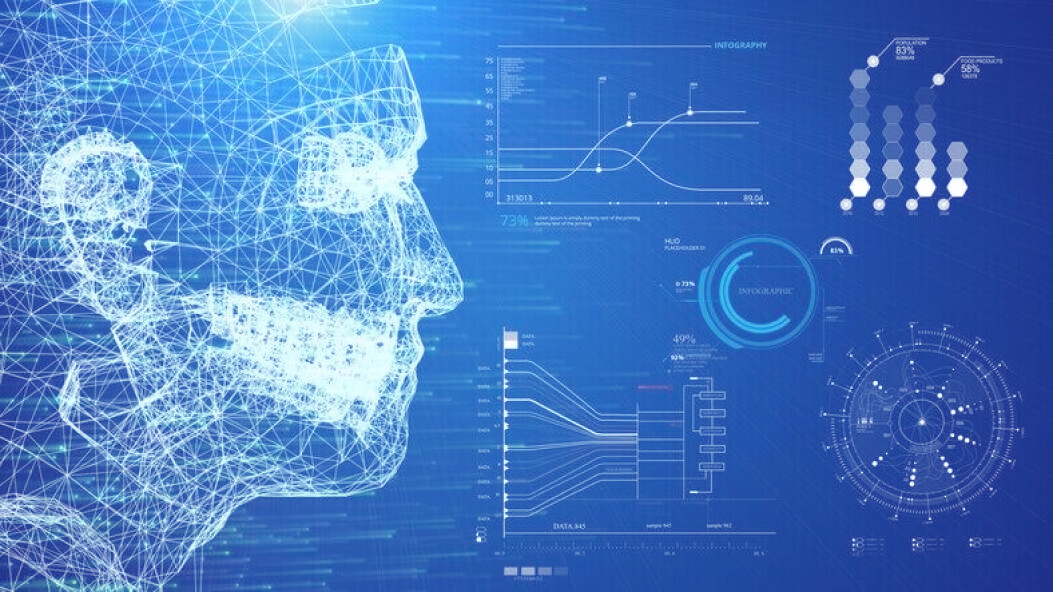We live in a digital world where new cutting-edge technologies directly impact every aspect of our lives; be it business or personal experiences, everything is constantly evolving with technological advancements. In recent years, one of the most important technologies that brought technical disruption into human life has been the Web.
With every new iteration of the Web, businesses have opportunities to grow. Currently, Web 3.0 is the latest and trending stage in this evolution, and it provides numerous advantages for businesses that will eventually help them grow.
Moreover, nowadays, Web 3 is the hot topic in each industrial sector as it has the power to make revolutionary changes to the entire digital world. However, so many people are unaware of Web 3.0: How it will help businesses gain competitive benefits. In order to understand Web 3.0 entirely, it is crucial to look back at its predecessors – Web 1.0 and Web 2.0.
So, let’s begin by knowing about the Web, all versions that are Web1.0, Web2.0, and Web 3.0…
Evolution Of Web From Web 1.0 To Web 3.0

Web 1.0
Web 1.0 is also known by the name of Internet 1.0 or Server/Client Model. It utilizes a centralized computing & information storage model. Web 1.0 involves using a single computer system for storing and managing data without real-time communication between computers.
Web 2.0
It is a web-based platform that allows users to form and share content via the internet. It uses a decentralized data model and a large-scale network of computers and allows real-time communication between them. Moreover, it makes sharing information possible through blogs, media sharing, social media platforms, and collaborative strategies.
Web 3.0
We can say that Web 3 is a web application that offers users a great experience; one of them is navigating between pages or engaging with content across various devices. Additionally, Web 3.0 allows you to reach customers on any platform, app, or device.
Web 3.0 includes decentralized applications (Dapps), smart contracts, and Blockchain; it transforms how we access information and decentralizes the internet to form a web.
Well, now let’s move further and talk about Web 3.0 crucial features…
Web 3 Key Features
After knowing about the world wide web’s latest version, it’s important to know the latest web version features. It will help you know how Web 3.0 can be utilized by businesses.
Decentralization: Data Stored On The Blockchain
Web 3.0 supports a decentralized model; data is stored directly on the Blockchain and can be accessed from any device. As I have told it supports a decentralized network, so there is no need to rely on the third-party service provider for any ask as all things can be managed via computer.
Independent: Self-executing Smart Contracts
Using Web 3.0, firms can independently set their conditions and automatically run them without glitches, without involving any intermediaries or lawyers. The product developed using Web 3.0 easily understands the transaction between two parties, ultimately making contract execution simpler.
Permissionless: No Access Restrictions
Computers and smart devices will automate everything in Web 3.0, eliminating the need for any service provider. Therefore, companies will not have to pay hefty fees for the services they need, lowering their operational costs and enabling them to deal with customers and suppliers more efficiently.
Secure Data: Data Cannot Be Deleted Or Stopped
Data stored on Web 3.0 cannot be deleted or stopped by any third party, and this makes it more reliable for users looking to convey their data securely. Thus, enterprises won’t have to spend extensive money rescuing information/ content from being hewed by cybercriminals.
Do You Know?
More than 2,500,000,000 users on Web 3.0, and 43% of users want to become its early adopters. (European Business Reviews)

Business Benefits Of Using Web 3.0 Technology
There are several benefits of using Web 3.0; some of them are stated below:
1. Streamlined Business Processes
Businesses using Web 3 can easily maintain a transaction ledger for people or other parties involved. Moreover, it will enable corporations to create and manage the supply chain effortlessly. By using this trending technology, businesses can automate contracts with smart contracts.
2. No Third Party Is Required
Using Blockchain, smart contracts, and dApps, you can directly manage all the thing means you don’t need to involve any third-party service provider. It will eventually help businesses save money and be more competitive. Moreover, Web 3.0 technology allows direct interaction between the business owner or in-house and customers.
3. Highly Secure
Web 3.0 is more secure because it is a decentralized technology, and due to this nature, hackers cannot hack the network without any permission. Moreover, Blockchain data cannot be changed or manipulated; businesses can get tension free about data theft and breaches.
4. Improved Customer Relations
Utilizing Web 3.0, each and every transaction is recorded in a decentralized ledger for all people and other parties involved, making firms directly responsible to their customers. Web 3.0 can offer businesses more transparency, which helps build trust and long-lasting relationships with their clients.
5. Enhanced Regulation Compliance
Blockchain is an immutable record of transactions visible to all on the chain. Thus, it makes it simple for businesses to yield to their governance needs by maintaining transparency.
6. Cheaper And Fast Access To Data
For corporations, the most valuable acquisition is data which they employ for their product & service development process. With decentralized architecture and unchangeable systems, web 3.0 technology helps them access more patron data across numerous channels at a relatively inferior cost than before.
Some Existing And Upcoming Use Cases Of Web 3.0
A few existing and upcoming use cases of Web 3.0 technology are shown here.

Web 3.0 Real World Popular Projects
There have been many real-world Web 3.0 projects implemented in recent years. Here is an example of some of them.
Polkadot – Blockchain App
It is a decentralized Web 3.0 blockchain project designed to achieve the multichain vision for the decentralized Web. This Blockchain app includes multiple features such as interoperability, parachains, high energy efficiency & user-driven governance.
Polkadot’s ecosystem enables developers to design and deploy dApps that support diverse web3 projects seamlessly.
Axie Infinity – Gaming App
Players can play, earn and trade NFTs-based game assets like weapons, cars, etc., and collectibles on Axie Infinity’s new-age web3 gaming platform. Axie Infinity requires users to complete a multi-step process, which includes setting up an account and connecting their wallets.
Uniswap – DeFi Application
It is a Web 3.0 DeFi exchange protocol that employs an open and decentralized network protocol to render ownership entirely to the users instead of a single entity.
Wrapping Up
Web 3 is a futuristic concept, but it’s in the expansion stages and yet to become mature. Blockchain, DAOs, and Metaverse are the two main examples of web 3.0 use cases that are assisting corporations in unlocking the factual potential of their business.
Several industry verticals have started implementing Web 3.0 use cases to revamp their business. With time and rising technological evolution, the usage of Web 3.0 will increase to resolve existing inefficiencies of the enterprise.
Moreover, if you want to help businesses gain competitive benefits, focus on Web 3.0 development, and for this, connect with a reliable Web 3.0 development company (Infrablok). It will help you get Web 3.0 experts and get innovative solutions matching your business needs!





